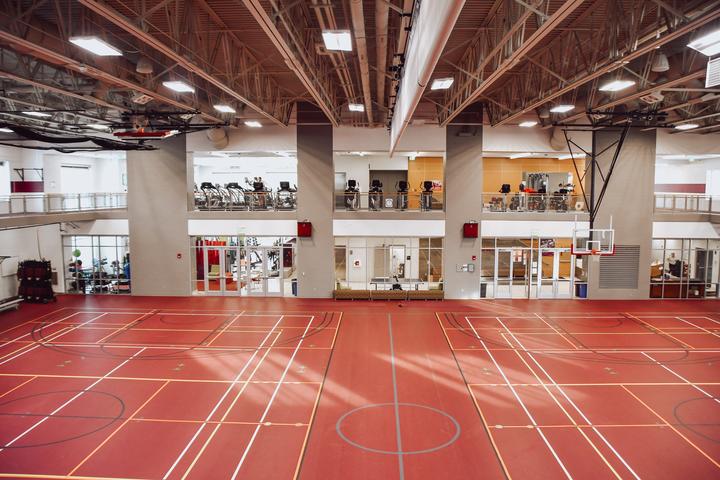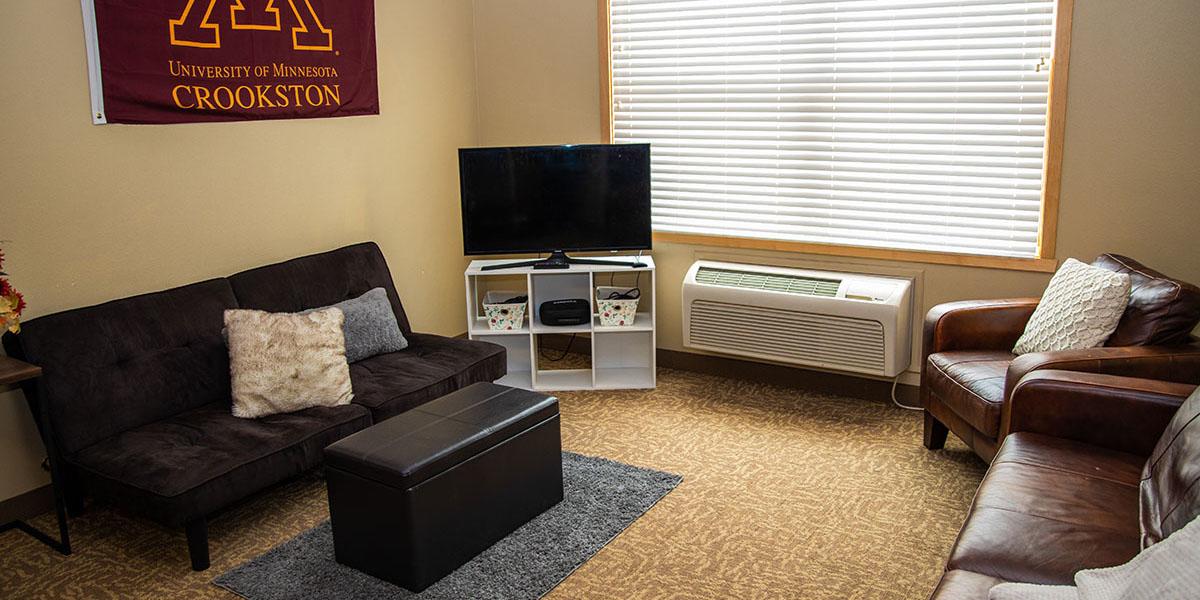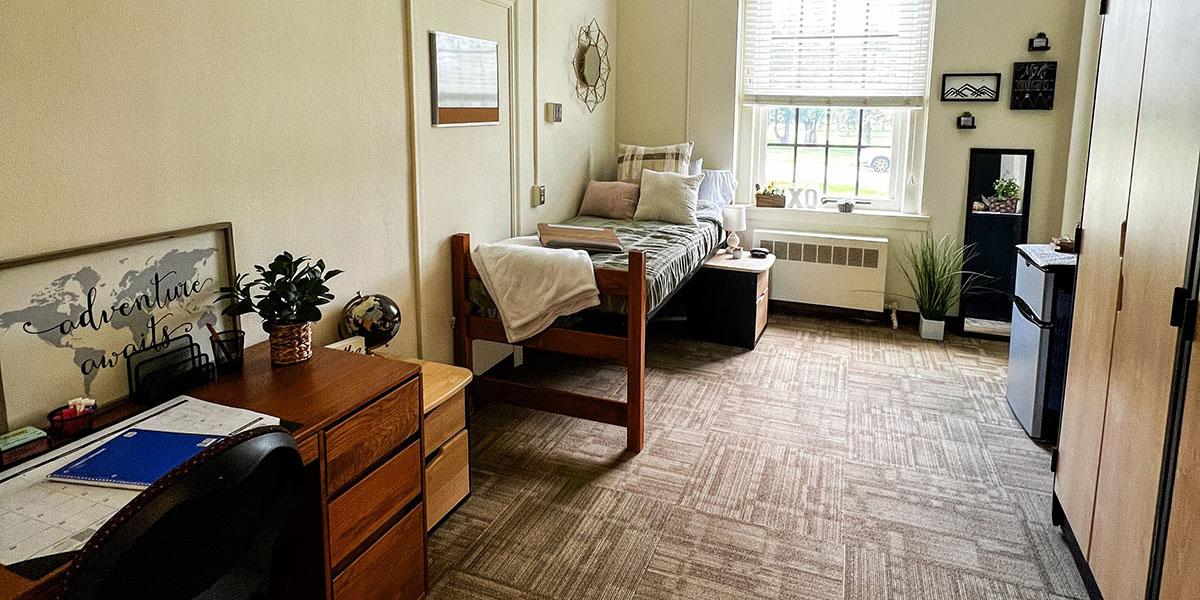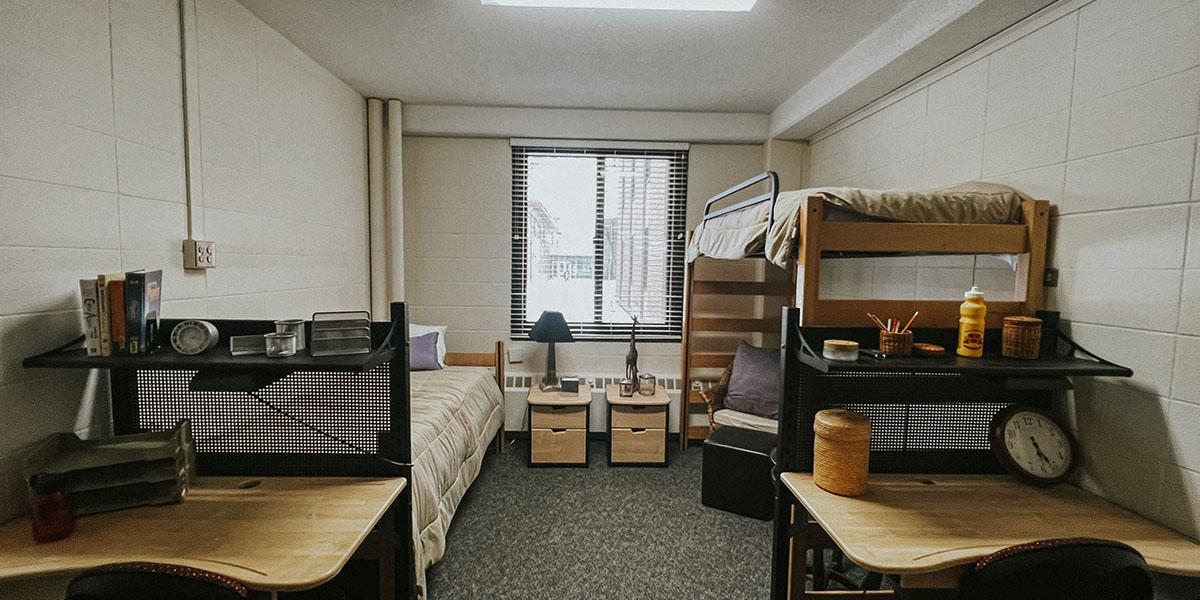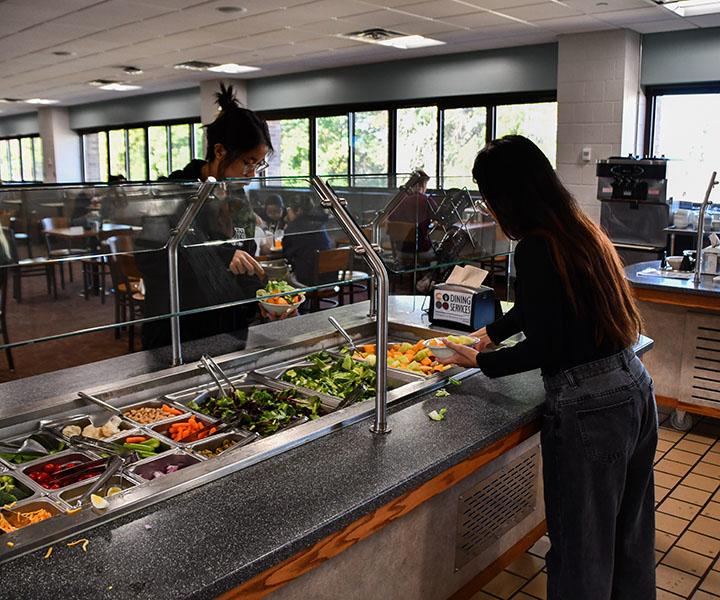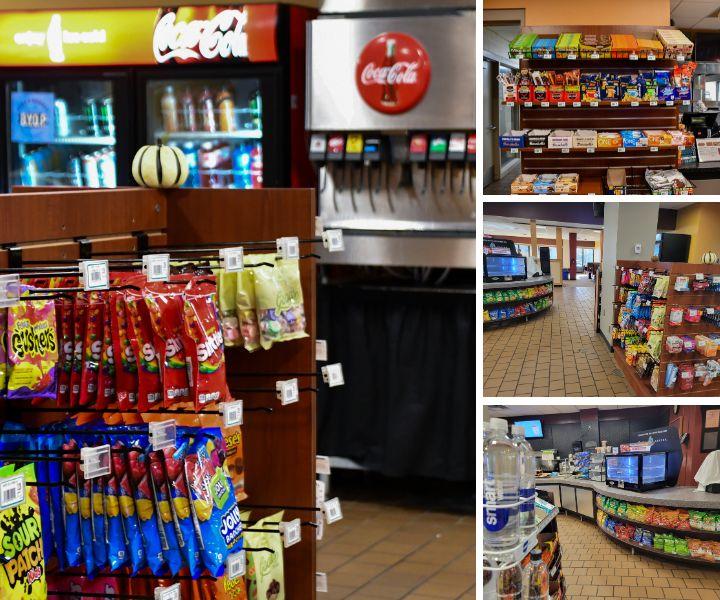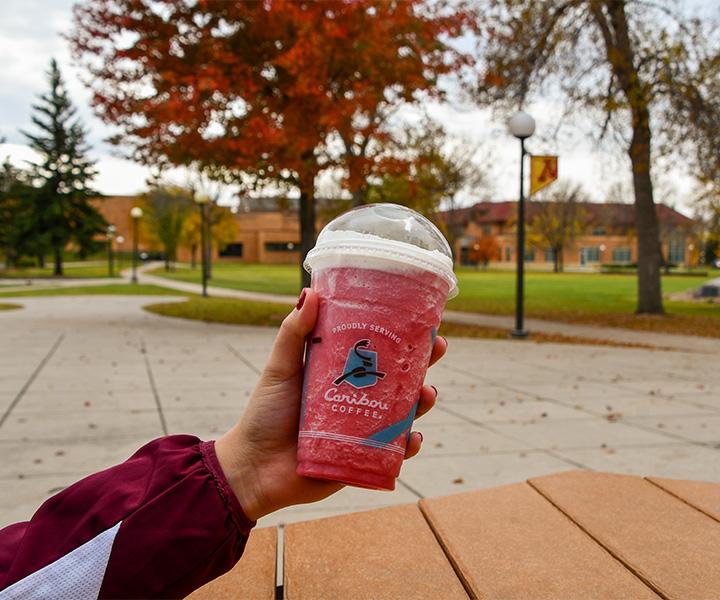
Program Overview
| Program | Course Delivery |
|---|---|
| Golf and Sports Turf Management - Major | On-Campus |
| Golf and Sports Turf Management - Minor | On-Campus |
| Golf and Sports Turf Management - Certificate | On-Campus |
Create your own field of dreams with the golf and sports turf management program
Have you dreamt of athletic fields and stadiums, golf courses, and picturesque landscapes becoming your future office? Well, you’ve come to the right place. The golf and sports turf management program prepares you to specialize in golf course supervision, sports turf management, grounds maintenance, sod production, sales, and similar recreation careers. With turfgrass management techniques and personnel relations, graduates of the program are ready to work in the green industry. With more than 500 golf courses in the state of Minnesota and more than 15,000 golf courses in the U.S., students have access to a variety of internships and excellent job opportunities.
Golf and Sports Turf Management is a Bachelor of Science (BS) degree.
Golf and Sports Turf Management Major
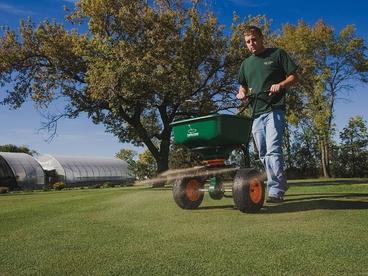
Golf course superintendents, sports turf managers, and turfgrass professionals within the green industry use technology and science to balance the needs of people with those of nature. The golf and sports turf management degree provides students hands-on skills to maintain functional and aesthetically pleasing turfgrass environments. Extensive coursework in agronomy, soil science, horticulture, and turfgrass science helps students develop the technical skills needed to be successful. Complementary business management and communication courses provide the fundamentals for managing employees and interacting with customers.
Student learning incorporates experiential, hands-on activities and technological applications in an applied, career-oriented environment. Internships may be completed at golf courses, athletic fields, park and recreation areas, or with green industry suppliers. Graduates will hold positions in the golf industry, sports field management, lawn care, sod production, grounds maintenance, sales, or pursue advanced degrees.
After completing the program, graduates will:
- Provide recommendations for the primary (fertilization, mowing, and irrigation) and secondary (cultivation, topdressing, and rolling) cultural practices based on the area of use and turfgrass species.
- Culturally manage both cool-season and warm-season turfgrasses, allowing flexibility when searching for jobs and internships within the turfgrass industry.
- Devise and implement renovation plans for various turfgrass areas, including soil testing, soil modification/preparation, species selection, establishment techniques, and post-care management.
- Examine how physical, chemical, and biological soil properties and the environment influence the availability of nutrients and devise environmentally sustainable fertility management plans.
- Create integrated pest management (IPM) programs for turfgrass diseases, insects, and weeds.
- Enhance turfgrass performance by developing cultural management practices to reduce turfgrass injury caused by environmental stress factors.
- Develop cultural turf management plans and annual maintenance budgets for various turfgrass areas, such as golf courses, athletic fields, and home lawns.
Golf and Sports Turf Management Minor
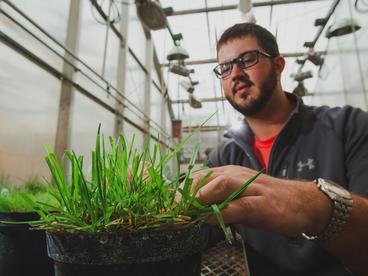
Obtaining a minor in turfgrass management allows students in agronomy, horticulture, natural resources, biology, environmental sciences, and sport recreation management to gain the knowledge and expertise required to maintain and manage high-quality turfgrass from various turf areas such as lawns, parks, sod farms, sports fields, and golf courses.
Golf and Sports Turf Management Certificate
Obtaining a certificate in turfgrass management allows students in related and non-related fields of study to gain the knowledge and expertise required to maintain and manage high-quality turfgrass from various turf areas such as lawns, parks, sod farms, sports fields, and golf courses.
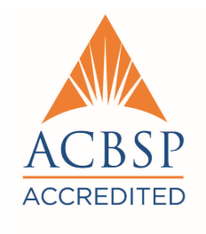
Awards and Accreditation
The University of Minnesota Crookston is accredited by the Higher Learning Commission.
The accounting program is accredited by the Accreditation Council for Business Schools and Programs (ACBSP). Learn why this accreditation matters.
Student Experiences
Cost of Attendance (COA)
Full-time (13-18 credits), on-campus.
| Expense Category | MN Resident & Non Resident |
|---|---|
| Tuition/fees | $13,288 |
| Books/supplies* | $279 |
| Housing/food | $11,024 |
Average Cost After Aid
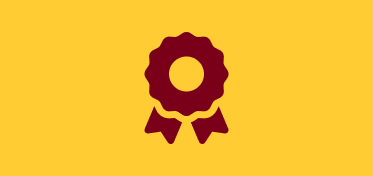
$13,436
Average amount of grants & scholarships received (2022-2023 data)
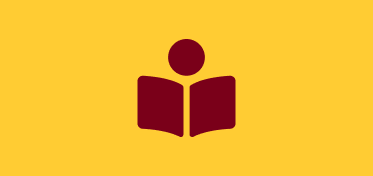
$12,894
Average net price after grants &
scholarships (2021-2022 data)
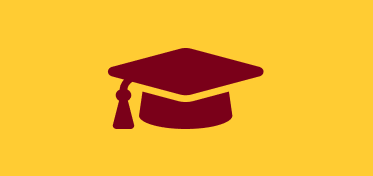
$22,883
Average TOTAL student loan debt after
graduation (2022-2023)
Scholarship and Funding Options
The University of Minnesota Crookston provides quick and easy access to over $1 million worth of scholarship opportunities for new and returning students!
Your Future Professors
What is Campus Life Like?
Residential Life
University of Minnesota Crookston's residence halls are ranked #1 public college dorms in Minnesota by Niche. The residential halls are clean, safe, spacious and modern. There is a mix of traditional style rooms, suites, and apartments available on-campus which include amenities such as ensuite bathrooms, walk-closets, and full size kitchens with all major appliances. There are also beautiful common spaces in every residential building that are great places to hangout, play games, study, or relax. Schedule a tour to see for yourself why they're ranked #1!





